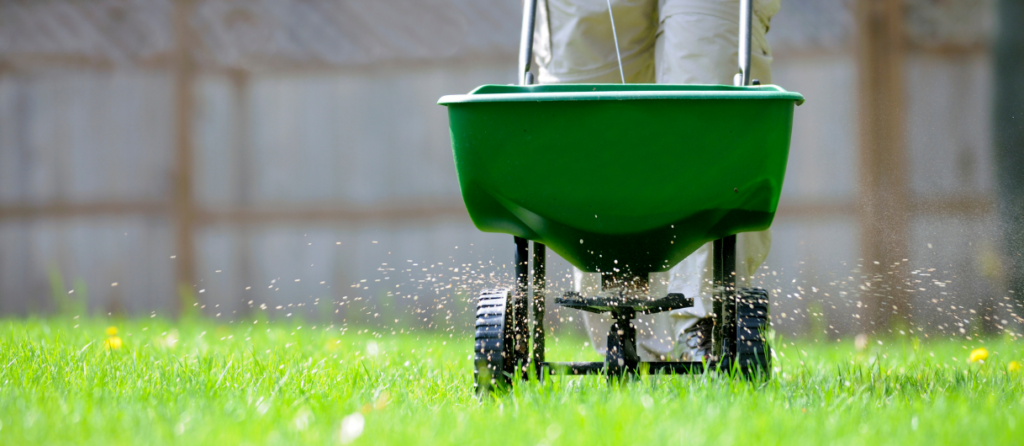Should we really roll the dice and roll back fertilizer bans?
Should we really roll the dice and roll back fertilizer bans?

Summertime fertilizer bans are common throughout Florida. Statewide, 18 counties and more than 100 municipalities have a “strong” fertilizer ordinance that, among other things, include strict, no-exemption rainy season bans.
Two reasons for that: first, many fertilizers include nitrogen and phosphorus, crucial to plant growth but devastating when large quantities are washed into waterways — which is inevitable during Florida’s massive summer downpours.
Second, strong fertilizer ordinances are literally the lowest-hanging fruit available. Reducing nutrients in our waters ultimately requires billions of dollars to fix sewer lines and upgrade septic systems. It also requires Florida to crack down on agricultural pollution. Let’s just say don’t hold your breath on that.
Strong fertilizer ordinances, then, are literally the least any county/municipality can do to try and curtail nutrient overload. They’re hardly “the” solution; but these ordinances are a key part of the overall picture.
And now they’re in the crosshairs.
You may recall that legislators, at the behest of fertilizer company TruGreen, snuck a provision in a 2023 budget bill preventing counties or municipalities from adopting new ordinances tougher than the state’s comparably weak model ordinance. The ban is effective for one year, while the University of Florida’s Institute of Food and Agricultural Scientists studies the effectiveness of summertime bans.
We have a good idea the study will cast doubt on the effectiveness of fertilizer bans, and could prompt legislative proposals to eviscerate them.

Meanwhile, another independent study just released comes to a similar conclusion: that fertilizer bans in counties bordering the troubled Indian River Lagoon haven’t demonstrated results — and might have been a “mistake.”
This study, conducted by Florida Atlantic University’s Brian Lapointe — who has long maintained that septic systems are the primary cause of the region’s water woes — concludes that human waste plays a far bigger role in lagoon pollution than previously assumed. As such, he writes, the fertilizer bans adopted by Volusia, Brecard, Indian River, St. Lucie, Martin and Palm Beach counties haven’t made a dent.
“There have been no detectable widespread water quality improvements in the IRL that support fertilizer restrictions as a panacea,” he wrote. “In fact, for Brevard County, the blackouts correlate closely with a worsening trend in nutrients and (harmful algal blooms). Thus, a reassessment of these policies might be prudent.”
But who is claiming fertilizer bans are a “panacea?” They’re part of the puzzle; and given the lack of enforcement, they were always destined to be a comparably small, yet still crucial part. Because when dealing with nutrient overload, every little bit helps.
And indeed, correlation isn’t causation — in other words, there may be myriad other reasons nutrient pollution in Brevard County increased while the fertilizer bans were in place.
The science behind wet-season fertilizer bans is strong and non-controversial. These are bipartisan policies, enacted because decision makers at the local level realize they can’t risk worsening their existing water quality problems.
And that’s exactly what’s going to happen if the legislature uses these studies to chart the way forward — unless someone magically comes up with some way to keep fertilizer on the lawn during your typical Florida summer downpour.


